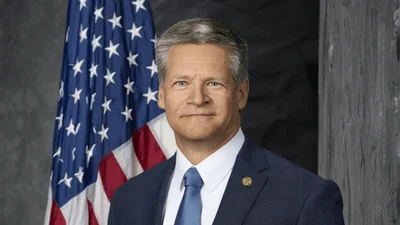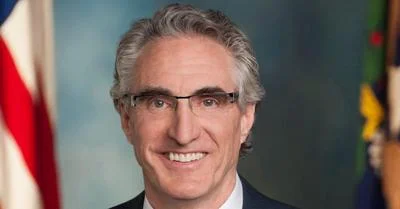Treasury Secretary Janet Yellen recently denied that the United States was in a recession, despite a second consecutive quarter of GDP contraction reported by the Bureau of Economic Analysis.
“But you don’t see any of the signs now — a recession is a broad-based contraction that affects many sectors of the economy—we just don’t have that. Consumer spending remains solid. It’s continuing to grow,” Yellen said according to a White House briefing room release on July 24. “Output, industrial output has grown in five of the six most recent months. Credit quality remains very strong. household balance sheets are generally in good shape.”
Yellen, speaking to Chuck Todd on NBC’s Meet the Press, said the labor market is extremely strong, with job gains averaging 375,000 in the last three months.
“But we’re in a period of transition in which growth is slowing and that’s necessary and appropriate and we need to be growing at a steady and sustainable pace,” she said, the release reported.
Reuters reported that the “standard definition” of a recession is a second straight quarter of negative growth in GDP.
“I guess the whopping 42% of Americans who say they’re struggling to stay where they are financially are supposed to read the White House’s press release and cheer up,” Senate Minority Leader Mitch McConnel (R-KY) said, on his website’s newsroom. “The same people who said inflation wouldn’t happen… and then said it would be transitory… and then said it had peaked last year… are now insisting we aren’t headed into a recession.”
Real Gross Domestic Product (GDP) decreased at an annual rate of 0.9% in the second quarter of 2022, according to a Bureau of Economic Analysis release. In the first quarter, real GDP decreased 1.6%.
Contributing factors to the decrease include “decreases in private inventory investment, residential fixed investment, federal government spending, state and local government spending and nonresidential fixed investment,” the BEA release reported. Increases in exports and personal consumption expenditures partly offset this. Imports—subtracted from GDP—increased in Q2.
That 0.9% negative growth in GDP for Q2 of 2022 is far worse than many economists expected, Reuters reported. An independent poll of economists brought predictions that GDP would rebound with 0.5% of positive growth, which has proven wrong.
The National Bureau of Economic Research officially declares when the nation is in a recession, and will likely not make that determination for months, CNBC reported. Two consecutive quarters of negative GDP is the “long-held basic view of recession,” because GDP is the “broadest measure of the economy and encompasses the total level of goods and services produced during the period.”
CNBC reported that gross private domestic investment decreased 13.5% during the second quarter. Consumer spending only increased 1%, despite an 8.6% increase in inflation. A 4.1% increase in spending on services was offset by a 5.5% decline in spending on nondurable goods and a 2.6% decline in spending on durable goods.
Inflation rose to 9.1% in June 2022, which is the single highest inflation rate in over 40 years, The Wall Street Journal reported.









